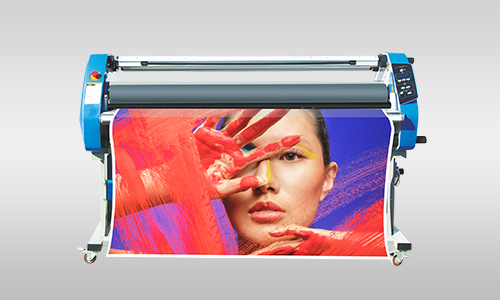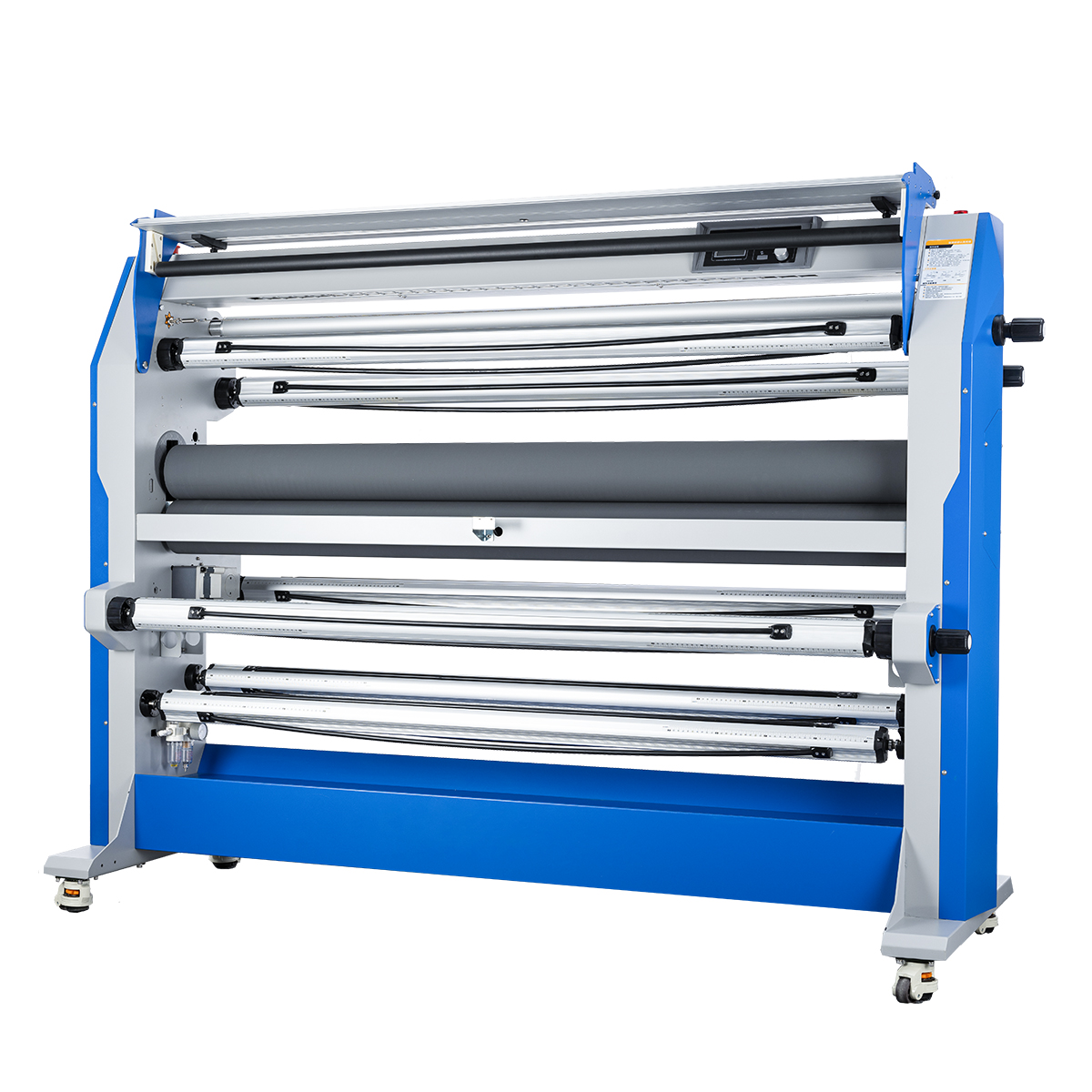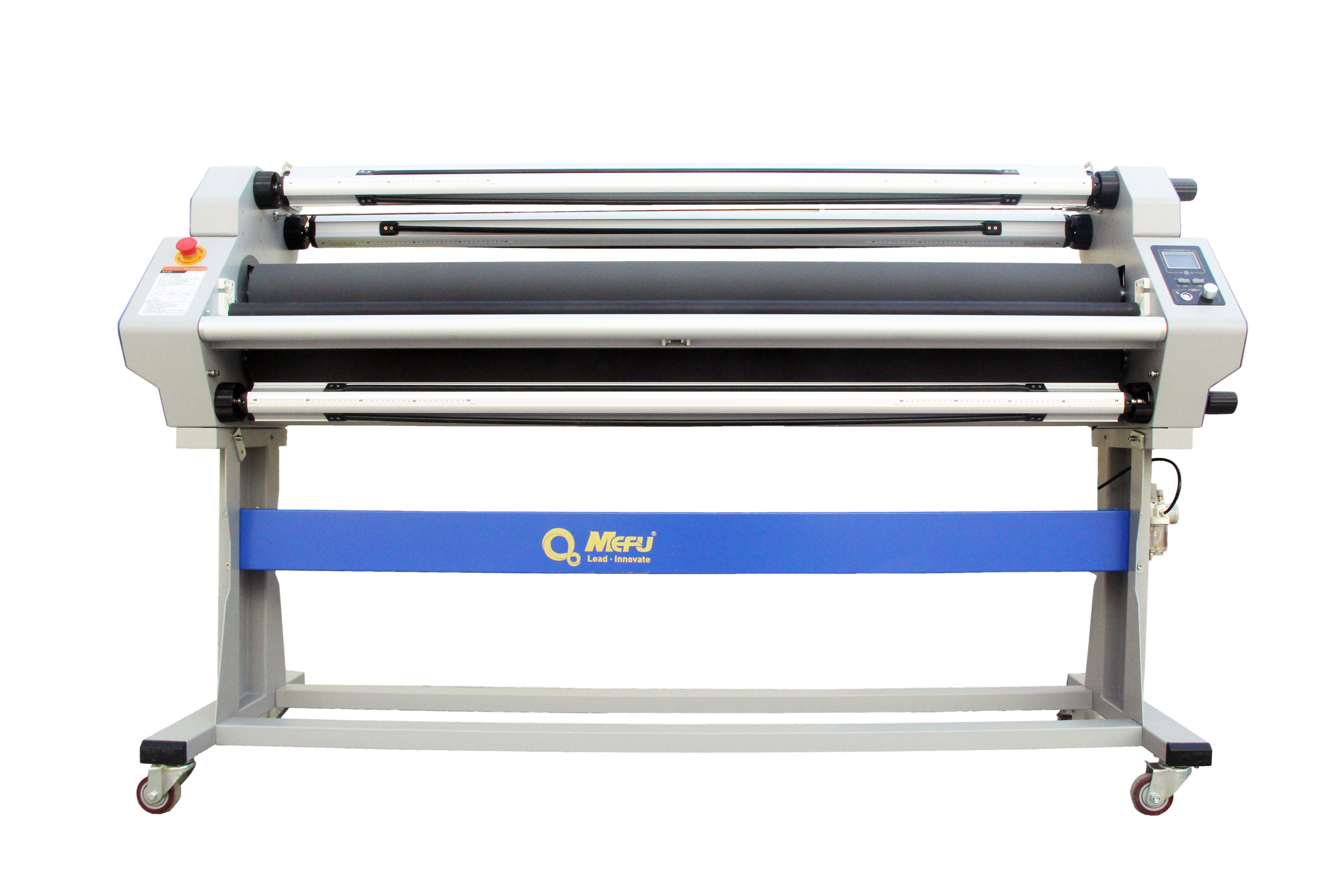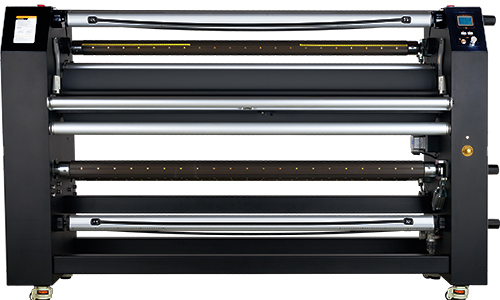Key Points Of Lamination On Canvas
The main function of canvas lamination is to protect the canvas from dust, stains, UV rays, moisture, oxidation and other hazards. Canvas lamination plays an important role in the advertising and printing industry and in the protection of important documents.
The main function of canvas lamination is to protect the canvas from dust, stains, UV rays, moisture, oxidation, and other hazards. Canvas lamination plays an important role in the advertising and printing industry and the protection of important documents.

Should canvas be laminated?
Lamination enhances the gloss and fullness of the canvas. Unlaminated canvases, for example, are susceptible to staining and damage, and require regular cleaning and maintenance to maintain the gloss and longevity of the image.
Will lamination affect the quality of canvas printing?
Lamination can increase the texture of canvas printing and improve the viewing effect. However, it will affect the realism of printing to a certain extent, so when laminating, we can choose a gloss film with high transparency to reduce the unrealistic feeling.
In addition, if the printing layer on the surface of the canvas is not completely dry after lamination, it will produce a large number of bubbles affecting the beauty, so before the start of the lamination printing ink layer of all kinds of organic solvents should be completely evaporated, so as to ensure that the strength of its adhesion to the long term solidity.

What is the ideal temperature for lamination on canvas?
Temperature is the most important factor that affects the effect of lamination, either too high or too low temperature will make the lamination fail.
MEFU summarizes two key points for lamination temperature:
1. Adjust the temperature according to the film type and the printing material’s characteristics.
Different types of film require different laminating temperatures, it is the best choice to set the laminating temperature according to the type of film and the characteristics of the printing material.
For example, the oil painting canvas material is less resistant to high temperatures, and its tolerance temperature is about 50℃. If the ambient temperature is too high, the oil painting pigment will be easily deteriorated or peeled off, which may even lead to discoloration of the oil painting. Therefore, when laminating oil painting materials, using a low-temperature cold laminator can ensure the best laminating effect.
2. Pay attention to the preheating time
After the laminator is heated up to the set temperature, it needs to wait for some time to warm up, so that the whole laminator can reach a stable state before it can start the laminating operation.




















































































































